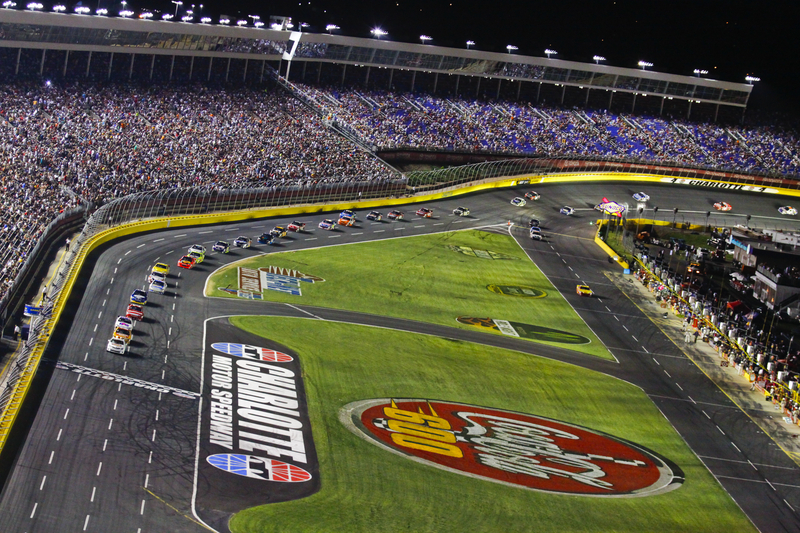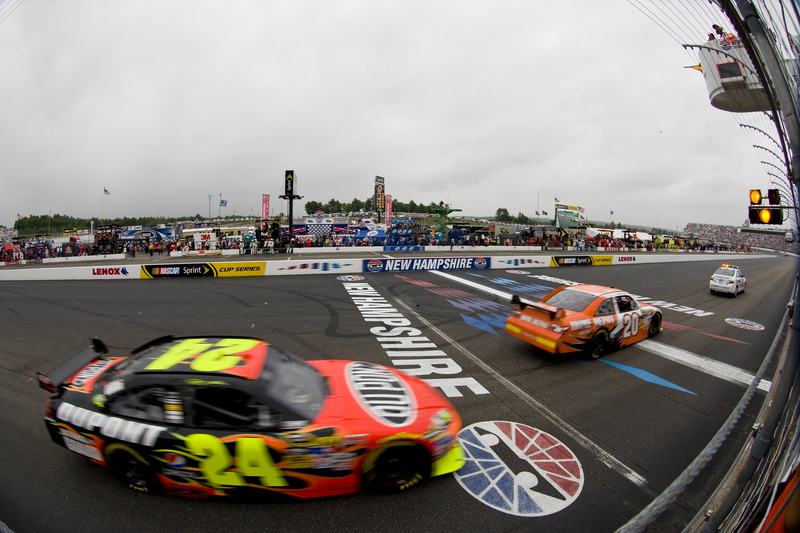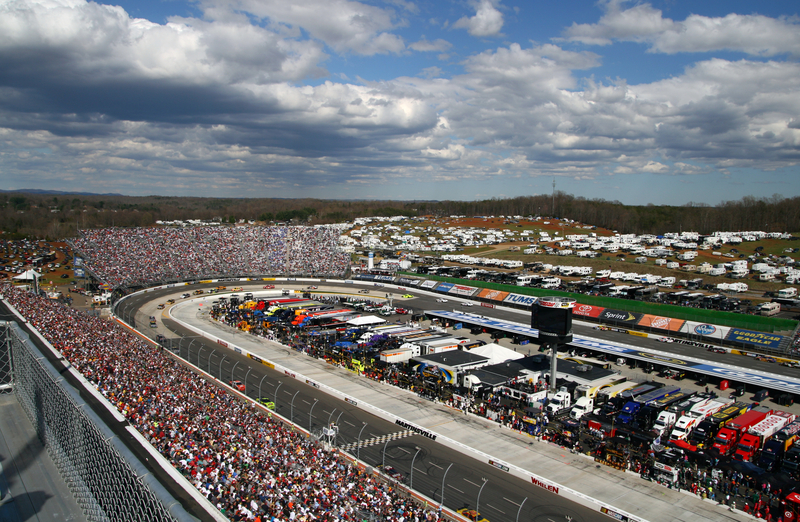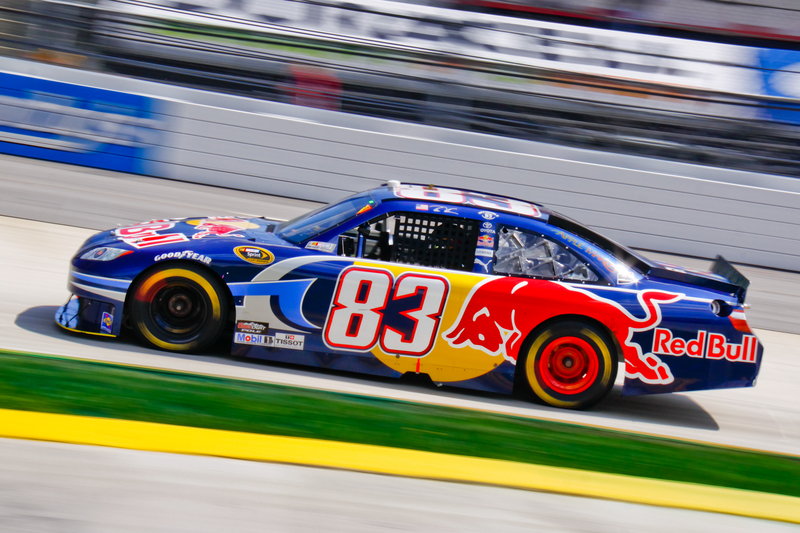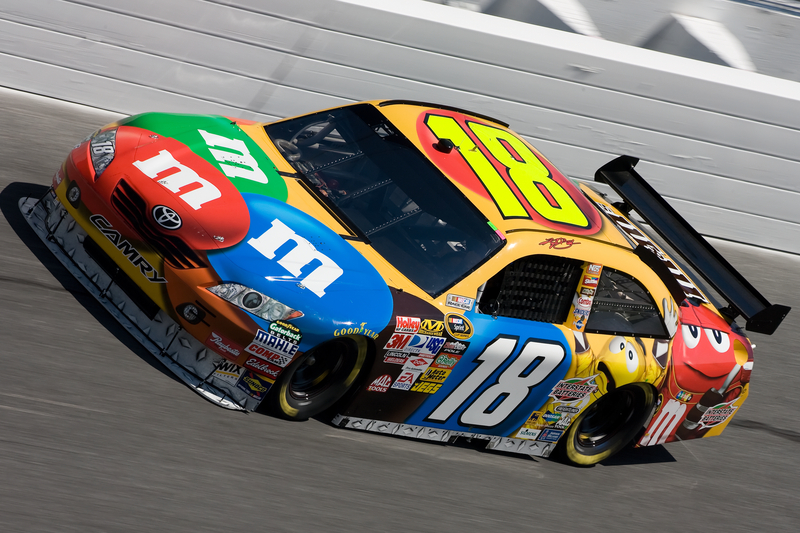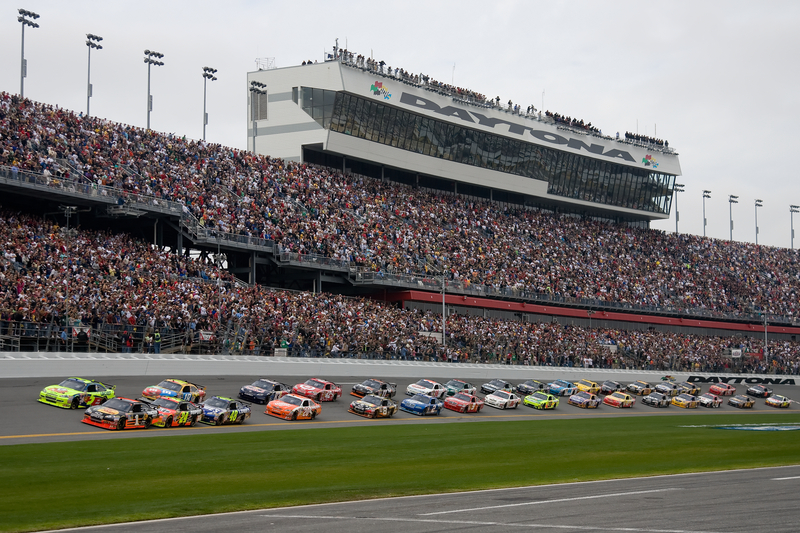Last updated on November 6th, 2023 at 07:14 pm
It should be no surprise to even the casual NASCAR fan that each race has a different number of laps. That’s because NASCAR races can vary between 150 and 600 miles in the distance. With so many potential race lengths, it makes sense that the racing organization would allow for different lap counts during each event.
The only rule in NASCAR regarding laps is that there must be enough laps in a race to achieve the goal distance. Many race tracks are designed to hit the exact goal distance in a specific number of laps. For example, Daytona International Speedway is 2.5 miles long, so it takes exactly 200 laps to achieve the 500-mile race distance for the Daytona 500.
Meanwhile, Talladega Superspeedway is 2.66 miles long, meaning that there are 188 laps in the Geico 500 mile race that takes place there.
Are All Laps the Same Length?
Since some of the most popular raceways on the NASCAR calendar are around two and a half miles long, some fans might think that all NASCAR laps are around the same length. That’s simply not the case. In fact, there’s as wide of a disparity in lap length as there is lap distance.
What are Some of the Shortest Lap Distances in NASCAR?
The shortest lap distance on the racing calendar is the quarter-mile short track at the Clash in the Coliseum. Race organizers built a track on the infield of the Las Vegas Memorial Coliseum, which made the small track size. It is often tricky for stock car drivers to maneuver on such a small track since they repeatedly punch the gas and slam on the breaks. That makes Joey Logano’s victory at the Clash an impressive feat.
Martinsville Speedway, home of the Blu-Emu Pain Relief 400 and the Xfinity 500, is the second shortest track on the NASCAR Cup Series schedule. At just over a half-mile long, cars take only seconds to navigate the track completely.
Why are Shorter Tracks Popular with Fans?
Many fans flock to shorter races because it’s easier to see all the action from their place in the stands. This new trend in racing is causing a surge in both short and intermediate-sized tracks between 1-1.5 miles long. Some fan favorites include Homestead, Phoenix Raceway, and Atlanta Motor Speedway, all considered intermediate track lengths.
What are Some of the Longest Lap Distances in NASCAR?
The longest tracks on the NASCAR calendar are two notable road courses. Road America, in Wisconsin, is the longest course at just over four miles per lap. Austin, Texas’s Circuit of The Americas is the second-longest course, just under three and a half miles long.
These road courses usually have shorter distances, at around 250 miles or fewer, because it takes longer for NASCAR drivers to navigate the different on-track obstacles like hairpin turns. It’s even more of a challenge for drivers because it can take longer for them to take a pit stop if there’s a problem with their car.
What are the Two Significant Laps During a NASCAR Race to Know About?
During any NASCAR Cup Series race, there are two notable laps that you should pay attention to when watching the race. First is the pace lap, or practice lap, which happens during the pre-race festivities. Almost all motorsport federations offer a pre-race lap, called a parade lap or formation lap in other divisions. After the pace lap, drivers will line up on the grid in the starting positions they earned in the qualifying sessions.
The pace lap has two strategic purposes. First, it allows the drivers to get one last look at the track to note passing zones and banking. Next, it allows the drivers to warm up their tires ahead of the start. For drivers operating the NASCAR next-gen cars to have warm tires to get the traction, you need a great start once the flagman waves the green flag to start the race.
The next important lap to watch is the final lap. This lap starts once the lead car passes the start/finish line, and the flagman waves the white flag. This final stage of the race is always exciting, as drivers put their cars on the limit to make a last play for a podium position and extra playoff points.
NASCAR Races with Most and Least Laps
Road courses tend to have the fewest laps because they’re naturally longer race tracks. In 2021, Jockey Made in America 250 Road America joined the NASCAR Cup Series and became the race with the fewest number of laps with 62. Chase Elliott won the first race for Hendrick Motorsports while driving with a Chevrolet engine. Elliott beat out Christopher Bell, Kyle Busch, Kurt Busch, and Denny Hamlin in the race for a spectacular finish.
Road America also features an equally short distance during the Xfinity Series. The Henry 180 at Road America is only 45 laps.
While long road courses tend to have low lap counts, many of the short tracks boast lap counts of 500 or more. The Xfinity 500 at Martinsville Speedway features over 500 laps. Similarly, the Bass Pro Shops Race Night at Bristol Motor Speedway also has 500 laps for just over 260 miles of racing.
Conclusion: How Many Laps are there in a NASCAR Race?
With so many distances in each NASCAR race, it can confuse some fans since NASCAR measures races in both miles and laps. Luckily, like those on Fox or NBC, most broadcasts will make it easy to see how many laps are remaining in a race, so you never miss the heart-pounding action on the final lap as drivers race for the checkered flag
Similar Posts:
Do NASCAR Drivers Wear Diapers?
How Many Cars are in a NASCAR Race?
How Much Do NASCAR Drivers Make?
What is the Difference Between NASCAR and F1?
How Much Do NASCAR Pit Crews Make?
How Do You Become a NASCAR Driver?
Greg Kristan, owner of The Stadium Reviews, LLC and TM Blast, LLC, brings his extensive experience visiting over half of the MLB ballparks, along with numerous MLS, NHL, NBA, and NFL venues, to provide in-depth coverage on the bag policy, food options, and parking. He has also been interviewed about his experiences on several sports podcasts.

